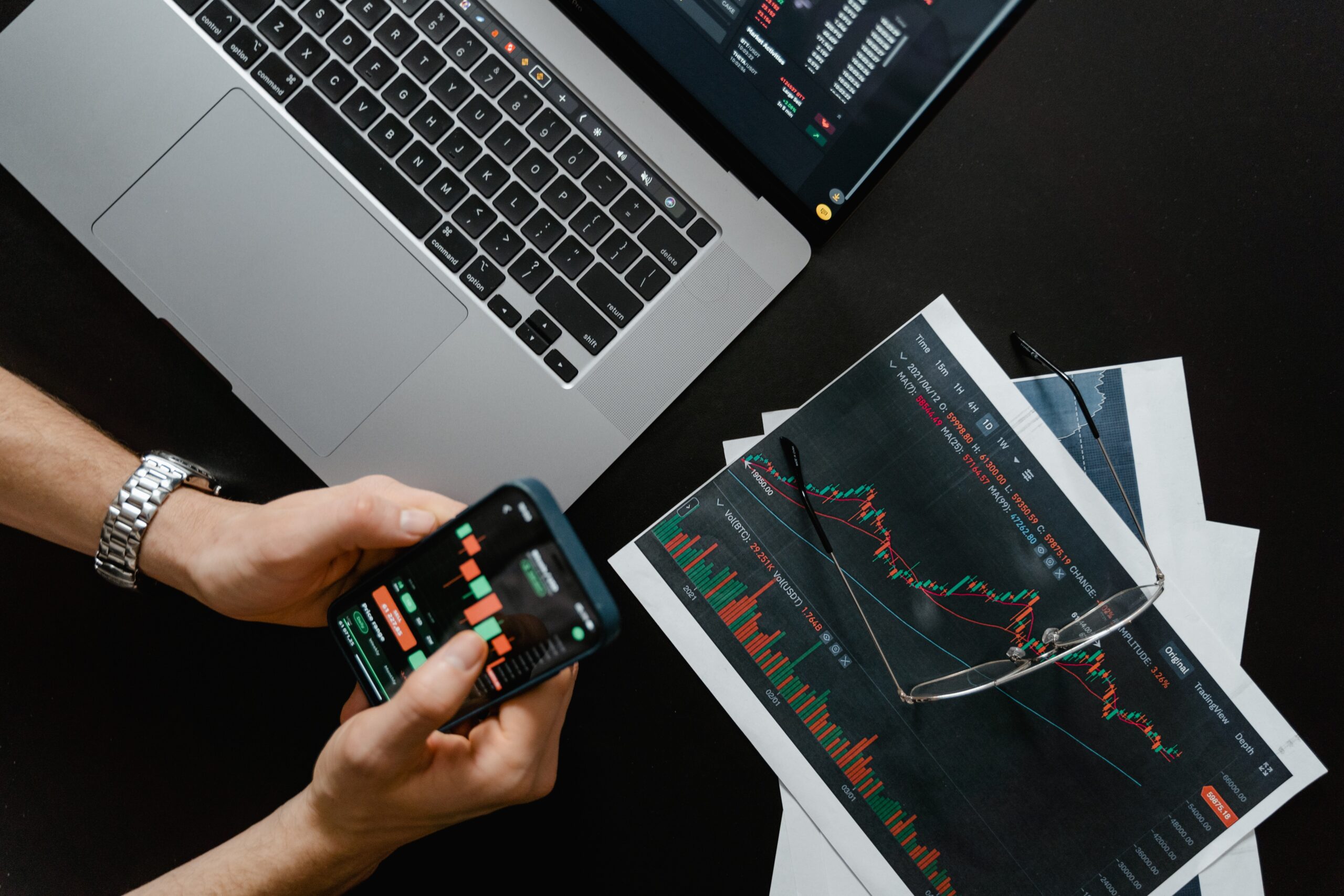Bot that trades on the stock exchange

Every day, millions of people around the world buy and sell cryptocurrencies. But how does it all work? What options does an ordinary person have when stepping into the world of digital money?
The most common way is through an exchange—think of it as a digital marketplace where some sell, others buy. To get started, you simply register, complete a basic identity check, and you’re ready to trade. It’s convenient: charts, prices, “Buy” and “Sell” buttons. You can pay with a bank card, transfer rubles, dollars, or other currencies, and get cryptocurrency credited to your account. When selling, you can convert crypto back to rubles or dollars and have the money transferred to your card. It’s straightforward but requires attention to detail.
Another option is P2P trading, “person-to-person.” On special platforms, you find offers—someone sells Bitcoin, and you transfer cash, say, and they send you crypto. No middlemen involved, but reputation matters because deals happen directly. It’s handy if you need quick buying or selling without using an exchange.
For those who value speed, crypto exchangers are a good choice. They often don’t require registration and accept multiple payment methods. But be cautious—exchange rates can differ, and some platforms may be unreliable. Always choose trusted services.
Decentralised exchanges are another option—they operate without a central authority, without companies, and without registration. Everything runs through a special wallet connected to the site. Buying or selling happens directly via smart contracts. It’s more complex for beginners but offers full freedom and anonymity.
Some people also use crypto ATMs—special devices like Bitcoin ATMs. You insert cash, and crypto is sent straight to your wallet. These devices are still rare, and fees tend to be high.
It’s important to understand: every method has its pros and cons. Some prefer the security of exchanges, others value the freedom of P2P. The main thing—never rush, stay alert, and always verify information. Crypto markets aren’t just about technology—they’re about responsibility, too.
Buying and selling cryptocurrencies today isn’t just for the few. It’s an accessible tool for those willing to learn, think flexibly, and keep pace with change. The sooner we understand these opportunities, the more confident we’ll feel about tomorrow.
Among the millions of trades happening every second on crypto exchanges, one plays a big role—an automated trading bot.
What is this mysterious helper? It’s neither a person nor a creature. It’s a program—an algorithm that analyses the market, builds strategies, and executes trades without human input. It never tires, doubts, or panics. It lives in the digital space, where price signals and charts are the battlefield.
Bots trade differently. Some are methodical and patient—buying when prices fall and selling when they rise again. Others are aggressive scalpers, jumping in and out to catch tiny fluctuations. Some build complex mathematical models, seeking correlations even experienced traders miss. What unites them all? They follow a logic, not feelings.